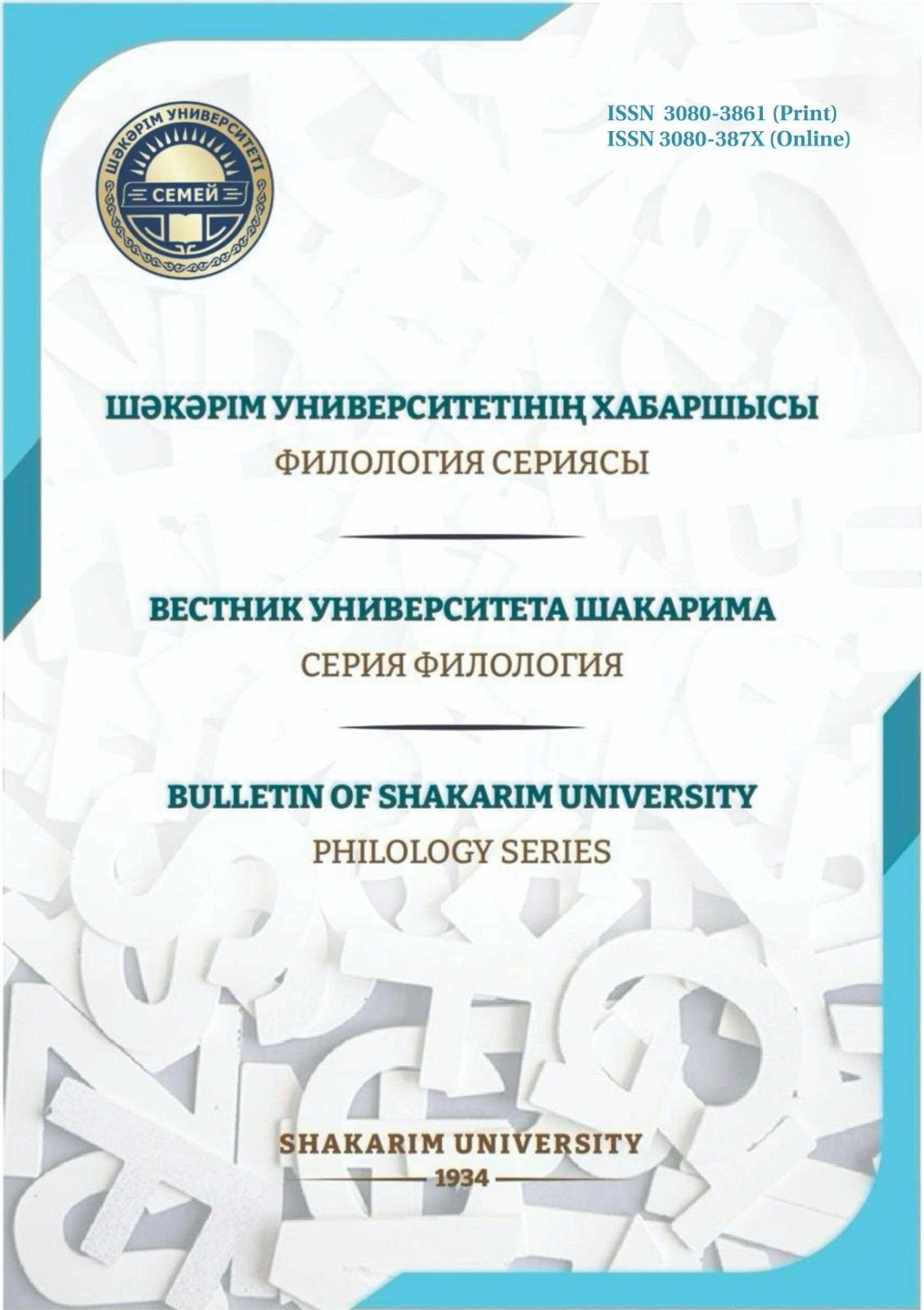THE ROLE OF THE USE OF TEXTUAL MATERIAL IN FOREIGN LANGUAGE LESSONS IN THE DEVELOPMENT OF FUNCTIONAL LITERACY
Keywords:
functional literacy, dialogue, information, multimodal, text, projectAbstract
This article examines ways to develop reading skills through working with text in foreign language lessons and their role in shaping students' functional literacy.
One of the main tasks of the modern education system is to educate a person with high functional literacy, who can effectively apply the acquired knowledge in life situations. Functional literacy is not only in language learning, but also contributes to the development of social activity and critical thinking of the individual. In teaching foreign languages, including English and Turkish, working with text is an important tool for the formation of students skills to read, understand, analyze information and use it for communicative purposes.
Working with text in foreign language lessons is the main tool for improving the functional literacy of students. In the process of reading, understanding, analyzing the text and turning it into a communicative activity, students develop cognitive activity, logical thinking and language competence. This, in turn, makes it possible to achieve the main goal of the modern education system – the formation of a comprehensively developed, life-oriented personality.
The scientific and practical significance of the work, along with the definition of the theoretical foundations of the problem under study and the definition of its content-conceptual apparatus, is reflected in the development of specific methodological steps for introducing these theoretical conclusions into the professional practice of teachers.
Downloads
Published
Issue
Section
License
Copyright (c) 2025 The editorial staff of the journal follows the copyright law of the Republic of Kazakhstan and relevant international agreements. The authors retain their copyright and provide the journal «Bulletin of Shakarim University. Series of Historical Sciences» right of first publication of the manuscript. The author has the right to copy and distribute the material in any medium and in any format, subject to appropriate reference to the journal. Readers and users can freely copy, distribute and adapt the material, provided that the author of the work is indicated and a link to this journal is provided. Copyright presupposes the integrity and responsibility of each co-author who made a significant contribution to the writing of the article. The author has the right to store his publications in an institutional or other repository of his choice, provided he provides the appropriate link to the journal’s website.

This work is licensed under a Creative Commons Attribution-NonCommercial 4.0 International License.
Copyright presupposes the integrity and responsibility of each co-author who made a significant contribution to the writing of the article.
The author has the right to store his publications in an institutional or other repository of his choice, provided he provides the appropriate link to the journal’s website.

